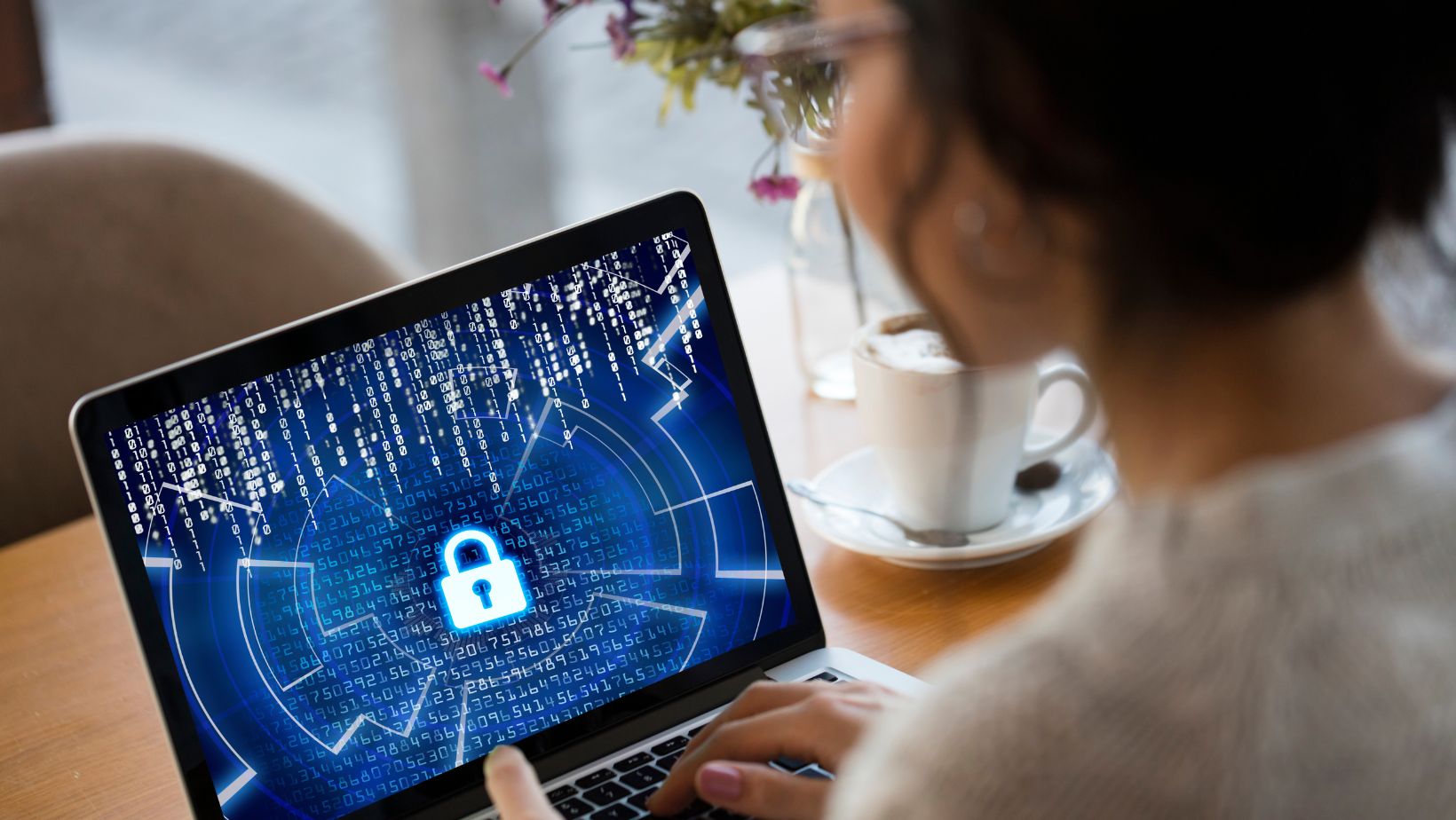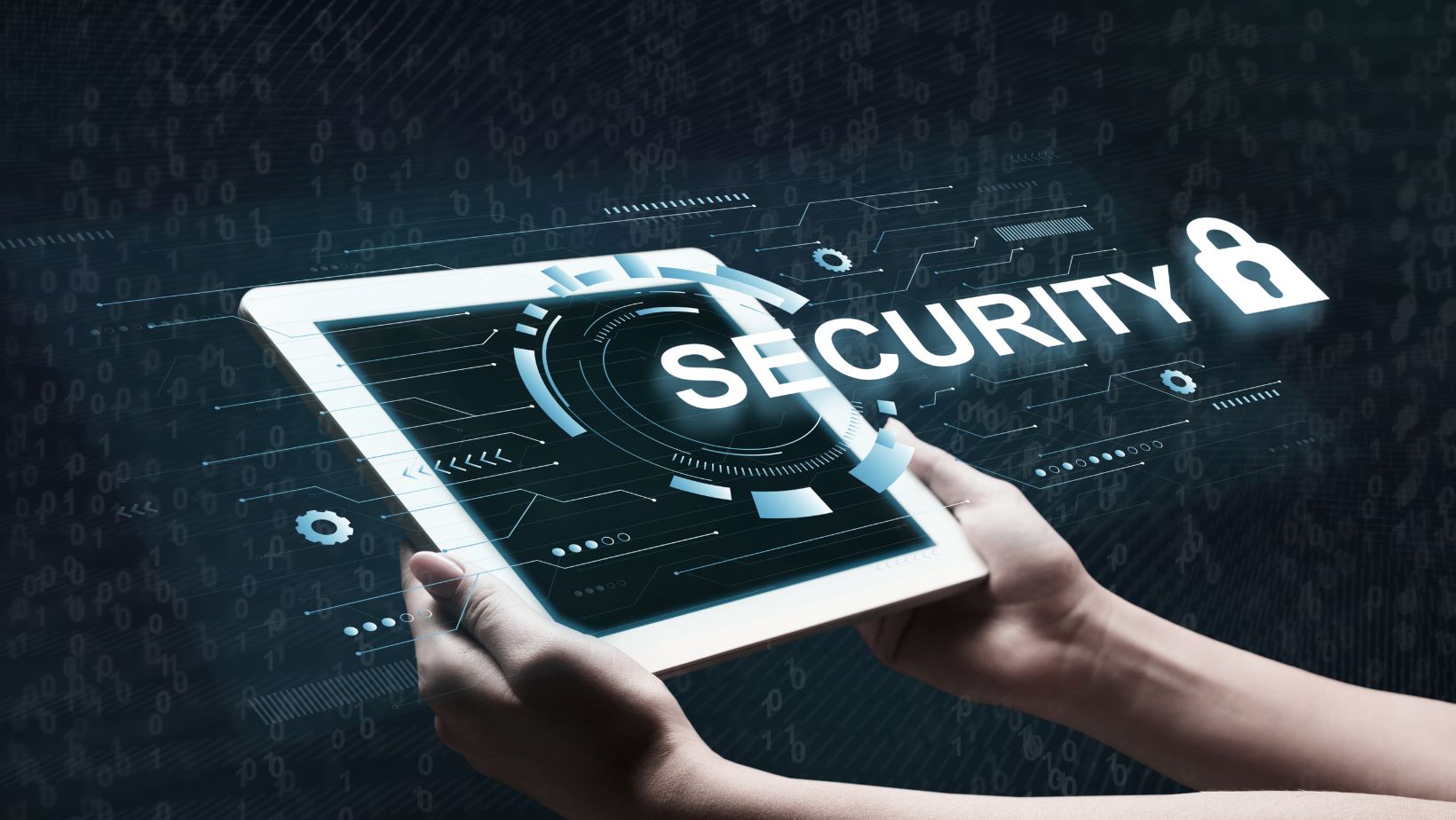As digital banking continues to grow, so do the threats against financial security. From phishing scams to data breaches, cybercriminals are constantly developing new tactics to gain access to personal and financial information. Protecting your money in the digital age requires more than just a strong password, it involves proactive security measures, awareness of emerging threats, and the use of secure banking technologies.
This guide explores key cybersecurity risks affecting online banking and provides essential steps to keep your finances safe.
The Biggest Cyber Threats to Your Finances
Online banking and financial transactions have made managing money more convenient, but they have also created new opportunities for cybercriminals. The most common financial cyber threats include:
1. Phishing Scams
Phishing attacks occur when cybercriminals send fraudulent emails, text messages, or phone calls pretending to be from a legitimate financial service. These messages often contain urgent warnings, prompting users to click on malicious links or provide sensitive information such as usernames, passwords, and account numbers.
How to Protect Yourself:
- Always verify the sender of any email or text before clicking links.
- Never provide banking details via email or text.
- If an email claims to be from your bank, go directly to the bank’s website instead of clicking any links.
2. Data Breaches and Account Takeovers
Cybercriminals frequently target financial institutions, retailers, and even social media platforms to steal login credentials. Once they obtain your information, they can gain access to your accounts, transfer funds, or commit identity theft.
How to Protect Yourself:
- Enable two-factor authentication (2FA) for all online banking accounts.
- Use unique passwords for each financial account.
- Regularly monitor your bank statements for unauthorized transactions.
3. Keylogging and Malware Attacks
Keylogging software records every keystroke a user types, allowing hackers to steal passwords and other sensitive data. Malware attacks can also infect devices, giving cybercriminals remote access to personal files and financial information.
How to Protect Yourself:
- Install and regularly update antivirus software on all devices.
- Avoid using public Wi-Fi for financial transactions.
- Only download banking apps from official sources like the App Store or Google Play.
4. SIM Swapping and Phone-Based Attacks
In a SIM swapping attack, hackers transfer a victim’s phone number to a new SIM card, gaining access to text messages, authentication codes, and banking apps. This type of attack is particularly dangerous for those who use SMS-based two-factor authentication.
How to Protect Yourself:
- Contact your mobile carrier and request a PIN or password for account changes.
- Use app-based authentication (such as Google Authenticator) instead of SMS for 2FA.
- Never share personal details over the phone unless you initiated the call.
Essential Steps to Secure Your Bank Accounts
As cyber threats evolve, financial institutions are investing in stronger security measures, but individual users must also take steps to protect their accounts.
1. Strengthen Your Passwords and Enable 2FA
Weak passwords are one of the easiest ways for hackers to access your financial accounts. A strong password should be at least 12 characters long, including a mix of uppercase and lowercase letters, numbers, and symbols.

Using two-factor authentication (2FA) adds an extra layer of security, requiring a second form of verification, such as a fingerprint scan or a one-time code. Many banks now offer 2FA as an option, and enabling it significantly reduces the risk of unauthorized access.
2. Monitor Your Accounts Regularly
Checking your account statements frequently helps detect unauthorized transactions early. Many banks provide real-time alerts for suspicious activities, so setting up account notifications can help you respond quickly to potential fraud.
3. Use Secure Banking Apps and Websites
When accessing your bank online, always ensure you are using the official website or app. Fake banking websites are designed to look like the real thing, tricking users into entering login details.
Before entering any sensitive information, check that the website’s URL begins with https:// and look for a padlock icon in the address bar.
4. Be Cautious with Public Wi-Fi
Public Wi-Fi networks in coffee shops, airports, and hotels are not secure. Hackers can intercept data transmitted over these networks, potentially stealing your banking details. If you need to access your bank account while on public Wi-Fi, use a virtual private network (VPN) to encrypt your data.
5. Keep Your Devices and Software Updated
Cybercriminals exploit vulnerabilities in outdated software to gain access to financial information. Keeping your operating system, banking apps, and antivirus software up to date helps protect against these security risks.
How Financial Institutions Are Enhancing Security
Banks and financial institutions are investing heavily in cybersecurity to protect their customers. Some of the latest security measures include:
1. Biometric Authentication
Many banks now offer fingerprint, facial recognition, and even voice authentication to enhance security. Biometric authentication adds an extra layer of protection, making it more difficult for hackers to access accounts.
2. AI-Powered Fraud Detection
Artificial intelligence and machine learning are being used to detect suspicious activity in real time. Banks can identify unusual spending patterns and flag potentially fraudulent transactions before they happen.
3. Encrypted Digital Wallets
Digital wallets, such as Apple Pay and Google Pay, use encryption and tokenization to keep financial information secure. Unlike traditional credit cards, these payment methods do not store actual card numbers, reducing the risk of fraud.
The Role of Financial Awareness in Cybersecurity
Understanding cybersecurity is not just about protecting your online transactions, it is also about managing your finances wisely. Many people keep funds in both a savings and checking account to manage their expenses and emergency funds separately. While cybersecurity measures protect digital transactions, financial awareness helps individuals safeguard their assets against fraud and unexpected losses.
By staying informed about potential cyber threats and adopting best practices for online security, individuals can reduce the risk of financial fraud and enjoy the convenience of digital banking without unnecessary risks.
Final Thoughts
Cybersecurity is an essential part of modern financial management. With the rise of digital banking, mobile payments, and online transactions, protecting your personal and financial data should be a top priority.

By using strong passwords, enabling two-factor authentication, monitoring your accounts, and staying informed about emerging threats, you can minimize risks and keep your money safe. As technology continues to evolve, financial institutions will introduce new security measures, but individuals must remain vigilant in protecting their own financial assets.
Taking these precautions will ensure that your savings, checking, and investment accounts remain secure in an increasingly digital world.